A fast moving wildfire in Southern California has led to the displacement of thousands of people, and the California Governor, Gavin Newsom has issued a state of emergency. The fire, the Blazing Fire Bridge, is now the most extended actively burning wildfire in California, burning more than 20,000 hectares of land in no more than three days.
The fire began in a relatively isolated part of the Angeles National Forest, but rapidly grew out of control owing to gusts of Santa Ana winds and arid climate. For two days now firefighters from several organizations have been struggling to subdue the fire, whereby the difficult topography and weather conditions pose a real threat to fire fighters.
Several communities in the two California counties have been put on mandatory evacuation, with estimates putting the population exposed at about 20,000. Temporary shelters have been provided in some of the schools and other centres within the areas affected by this fire.
California Department of Forestry and Fire Protection has directed more resources to fight the blaze that is known as the Bridge Fire and this includes air and ground attacks. The overwhelming heat and smoke situations have occasionally restricted aerial procurement techniques in fighting the fire.
The declaration from Governor Newsom will help make other resources and people available for the fight against the fire and for helping those who have been affected. The governor has also called for federal support to help fight the fire and support people affected by it.
Officials of the local government are also asking the people in the affected towns to keep alert and obey the forced evacuation orders. They have stressed on being ready with an emergency evacuation plan ready, to leave the place at a minutes notice as the fire continues to play truant.
The Bridge Fire has thus already had devastating impacts on infrastructures, embracing the areas of living by burning several houses, as well as energy infrastructures by placing risks along the power line transmitting electricity to immense areas in Southern California. Electric companies are brainstorming with the fire chiefs to guard the vital infrastructures and avoid massive blackouts.
Wildlife specialists also argue that the Bridge Fire is part of the rising trends in wildfires in California to which climatic change is pegged. Reduced moisture, record level summer temperatures and increased incidences of severe weather have made this environment suitable for increased numbers and fierocity of wildfires.
Even as the firefighters work to bring out the fire, the conditions in the atmosphere in the affected area are also becoming worse. County health departments have also advised people to avoid the effects of smoke that is toxic and is being advised to avoid going out when there is a fire outbreak, especially those with breathing difficulties, and encouraged individuals to use air purifiers whenever there is a fire incident.
The monetary consequences of the Bridge Fire are predicted to be huge, expenditure on property damage, closure of businesses and the costs of firefighting is anticipated to cost hundreds of millions of dollars. Authorities from provincial and local levels are starting to consider post disaster rebuilding strategies for the impacted regions.
While Cal fire is still approaching flames in the Golden State this episode reminds Californians of the fact that many more wild fire crisis lie ahead due to climate change and therefore the need to strategise on how to handle them in future effectively. The management of the Bridge Fire illustrated and will continue to guide relevant policies used by the state in managing future wildfires conflagrations and emergency preparedness.
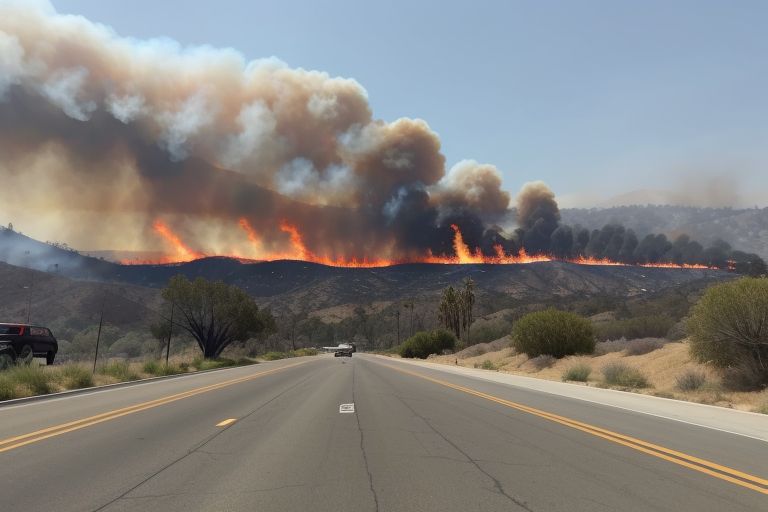

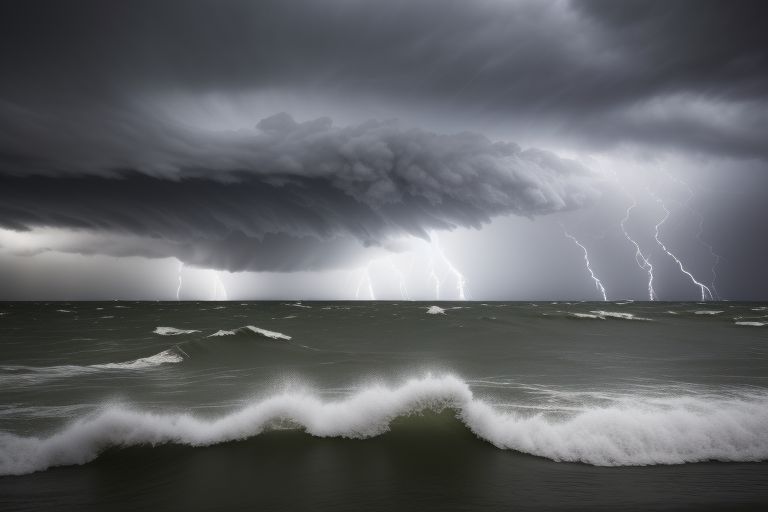
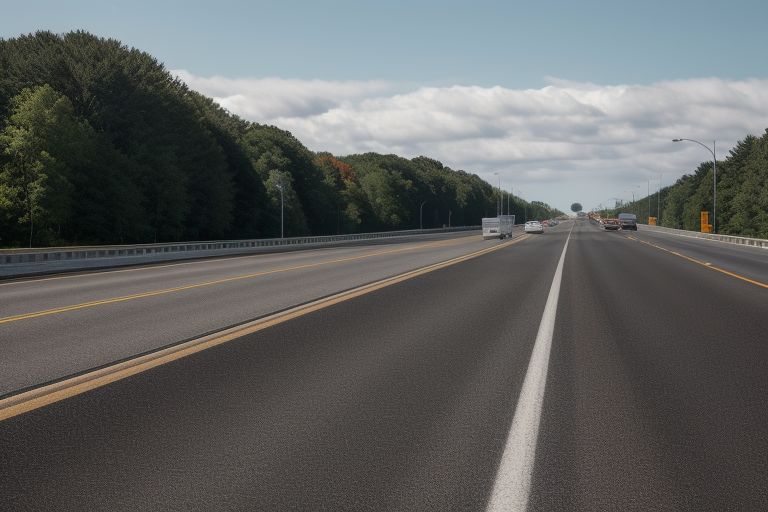

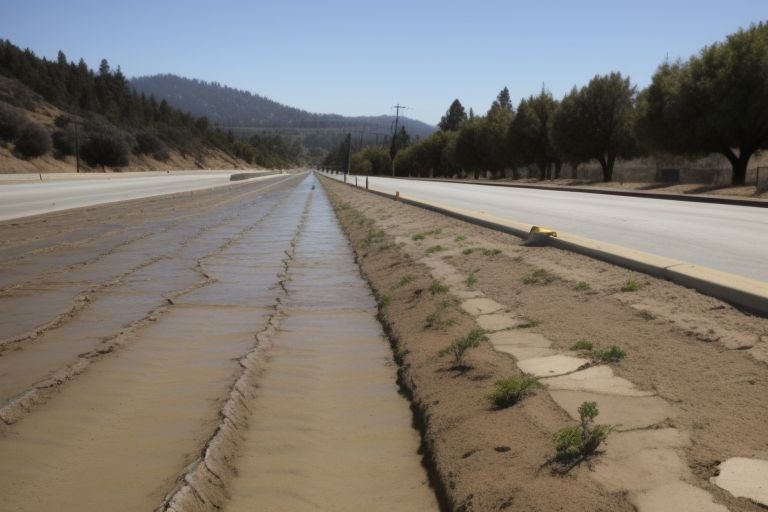
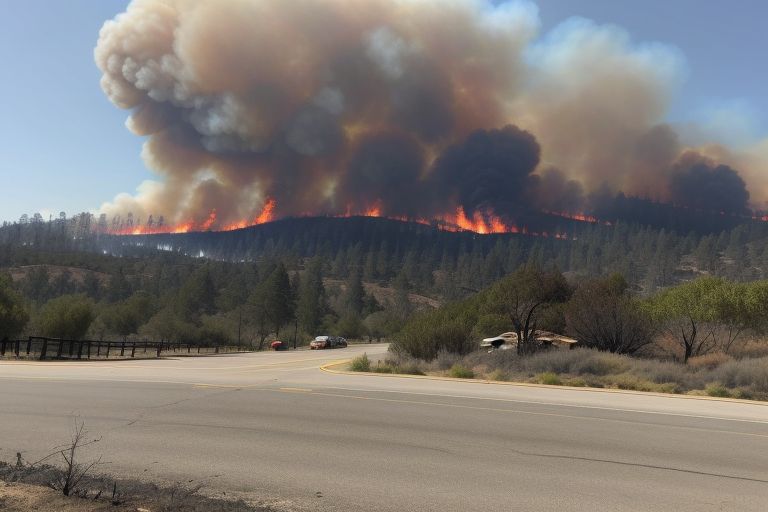
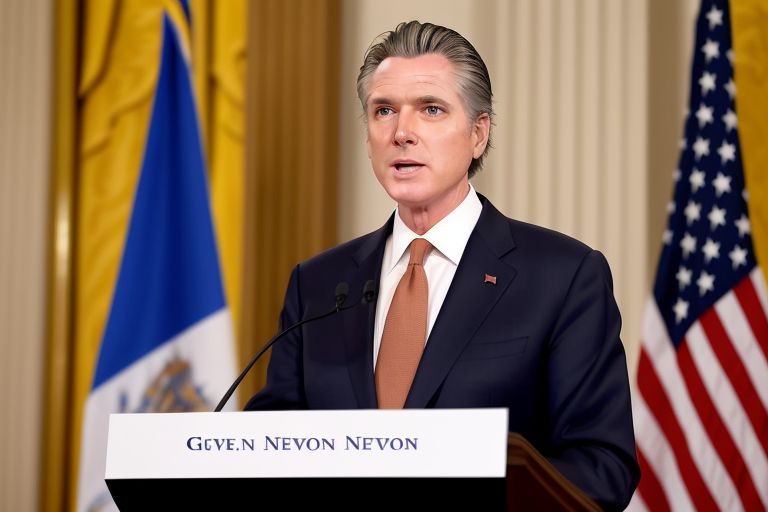

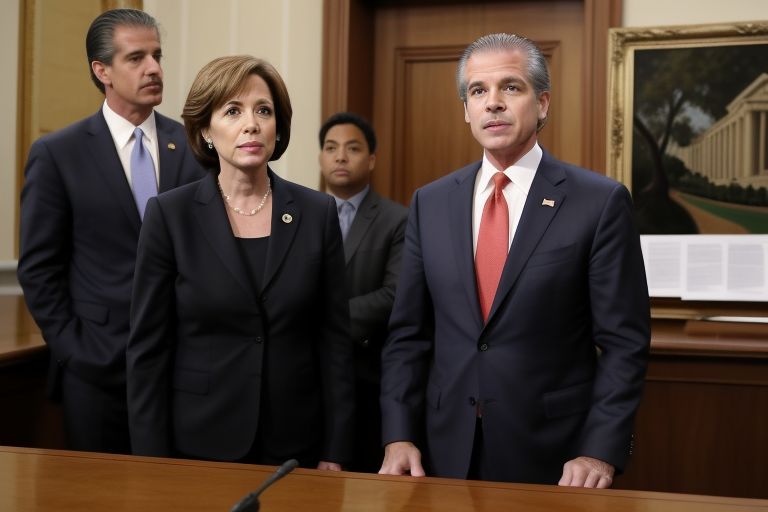
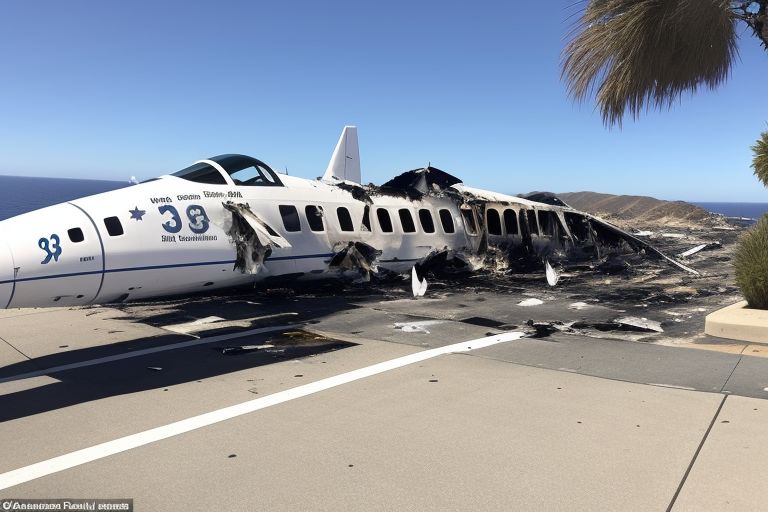
Leave a Reply